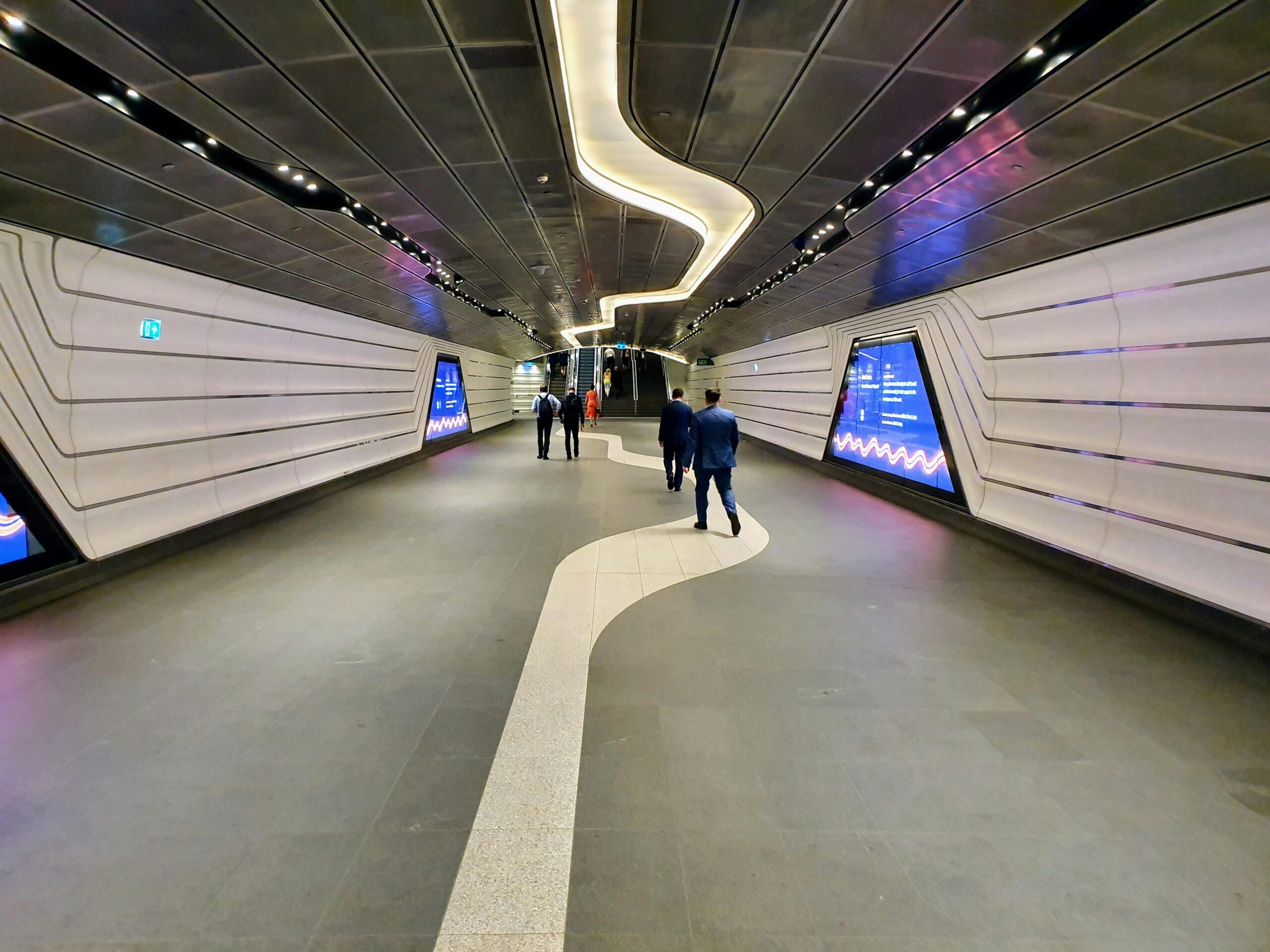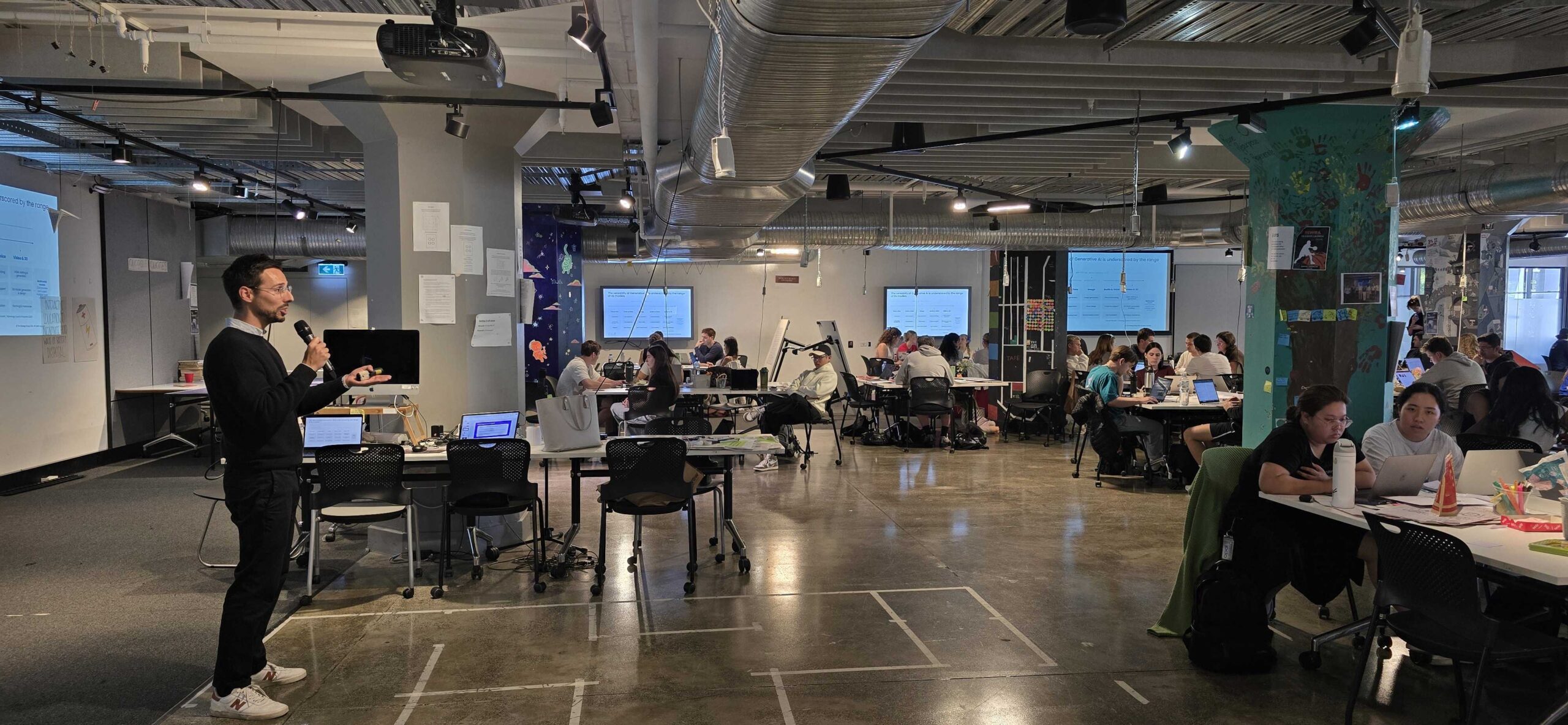Really interesting to read Lawton Ursrey in Forbes who asks the following question: How many times have you left a formal meeting and doubted that anything was actually going to change? So many times we get together to solve a problem and nothing is accomplished—it’s frustrating. Sadly, many approaches to solving business challenges are misaligned for various reasons—pick your poison. Innovative, business changing ideas can be fleeting at times, but that’s the gist of what design thinking helps address.
He has been trying various elements of design thinking and has become really passionate about it because it works. Design thinking is a proven and repeatable problem solving protocol that any business or profession can employ to achieve big results. Design thinking combines creative and critical thinking that allows information and ideas to be organized, decisions to be made, situations to be improved, and knowledge to be gained. It’s a mindset focused on solutions and not the problem.
He continues with a set of basics that he feels work:
Center on the customer; shake well
For goodness’ sakes don’t forget the customer. On their own, different functional groups tend to generate ideas that serve their group’s needs more than the customer’s. Their decisions are founded on good intentions, but can sometimes fail horribly for the customer when made in functional isolation. Fragmented functions equal fragmented decisions and the customer feels the pain of these long before anyone internally does. This is so easily fixed, but it continues to persist at countless organizations. Gaining different perspectives is obviously important and this is where cross functional blending of teams adds real value and identifying those who accomplish it without hand holding is essential. It’s one way to help elevate the empathy factor—a key in isolating and defining the problem. Customer-centric is the main word here. When you get them in a room, you may be shocked at how unaware certain functional groups are of the goings-on outside of their own function.
Here’s the good news: You may be pleasantly surprised by certain members of these functional groups that are more dialed in, ask a lot of questions and already break functional boundaries without you. I love meeting these types at organizations. These individuals excel at identifying solutions because of their high adoration, devotion, and awareness of the customer they serve. They do right by the customer, live and breathe perfection for them every day and obsess over every intricacy of the customer experience. Sadly, they are typically unknown by management. These are the individuals that the company needs to retain the most, but they don’t stay long for good reasons. No surprise here as the engine of performance evaluations is broken and typically yields the wrong answers.
Identify and define the problem to form solutions around
Define the right problem to solve. It’s the assembled team’s job to always question the problem at hand and empathize, in a multitude of ways, with the person’s experience they seek to improve. Try to represent in a visual way the problem or scenario you need solutions developed around. We are visual creatures and the more you can “paint the picture” the better off you’ll be at forming viable and valuable solutions.
Create many options for the newly defined problem
Design thinking helps you go about things differently—not solving a problem the same way every time. It’s important that many solutions be ideated no matter what the problem at hand is. Be careful not to overanalyze each idea. Extract ideas from everyone’s mind, but be careful not to overanalyze the thoughts and ideas at the outset.
Fine-tune selected directions
Once you have a few good options, they need to be embraced by the group. Don’t let things like what’s happened in the past deter your from pursuing a good idea. Design thinking creates an environment that lets new ideas grow and lets the group experiment without the threat of making mistakes. Sometimes options will need to be combined, refined, etc. Several rounds may be needed to make sure the right answers are being brought forward to solve the problem.
Pick the winner and execute
This final stage is where a course of action is selected and resources are allocated to achieve goals.












